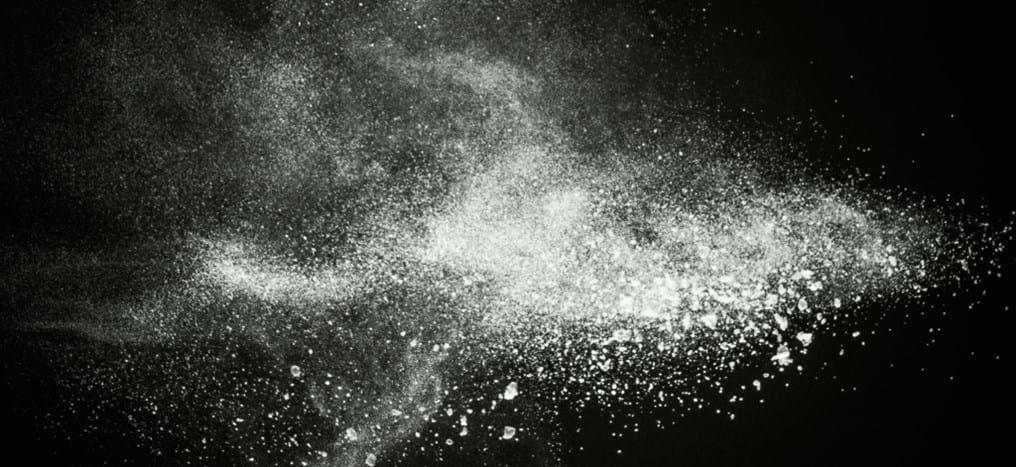A winning project - it's the 'white' stuff (Day 179)

22nd November 2014
By now, I hope you are all aware that this blog has a single-minded purpose - to shine a light on chemical engineering and the profession by showcasing and sharing good news stories every day.
Recently, we celebrated all the great work chemical engineers are doing around the world at the IChemE Global Awards on 6 November 2014.
I blogged about the triumphant night, the winners and highly commended entries. But I didn't get chance to share their innovations, projects and processes in much detail - apart from the overall winner.
I did, however, blog about one of the short-listed entries, preventing blindness with a sleep mask, before the event and I'm happy to report that they won the Innovative Product of the Year Award on the night - so congratulations to Polyphotonix!

Another winner on the night was by Huntsman Pigments, based at their Greatham site in Hartlepool, UK, for their innovative project which improves titanium dioxide efficiency in the manufacture of titanium dioxide pigments.
They bagged the Chemical Engineering Project of the Year Award sponsored by Sellafield Ltd.
Titanium dioxide pigments are widely used to colour thousands of everyday products such as paints, plastics, cosmetics, pharmaceuticals and food. It is mainly used as a white pigment due to its very high refractive index and brightness.
Manufacturing titanium dioxide involves multiple chemical and physical reactions, combined with the engineering challenges that are synonymous with such a complex and large-scale production process.
To improve their process of manufacture, Huntsman Pigments embarked upon a project to improve the yield from the raw materials - titaniferous ores - used in the feedstock via a three pronged approach that has saved the company US$ 40 million over three years in feedstock costs.
Producing the pigments involves a reaction between the ore and chlorine in a large fluidised bed reactor at temperatures exceeding 1,000°C. The impurities from this intermediary product need to be separated at this point, then converted back to pure titanium dioxide.
The project was deemed necessary when the price of their feedstock dramatically increased between 2010 and 2012 by an astronomical 400 per cent. In order to sustain the business, the process had to become more efficient - and as the ore yield had decreased to less that 85 per cent efficiency, improvements were vital.
The first part of the project was to improve the operational and technical aspects of the process, which would allow for a wider range and blend of ores to be used as feedstock. It was immediately apparent that new operating conditions had to be defined for each different ore used.
The chemical engineers recognised that a better understanding of the fundamental process involved was needed, and subsequently, this led to Huntsman Pigments sponsoring a number of PhD research studentships at UK universities.

An innovative 'dashboard' was created for the operators, so that they could monitor when the process was being operated under new target conditions - and this successfully showed that the equipment could respond well to any changes in the ore blend.
The major transformation of the project was the decision to build a completely new fluidised bed/chlorination reactor module costing an estimated US$ 33 million. Huntsman Pigments developed a new reactor that pushes the processing boundaries and extends the ore feedstock capability even further.
And the final aspect of the project was the recovery of titanium materials from wastes that could be sold on - this was achieved by improving the efficiency of the process even further and establishing a new market and technology for this waste stream.
Through this, they have managed to reduce the amount of annual solid wastes to landfill by eight per cent (9,000 tonnes) which will increased to 15 per cent (14,000 tonnes) in 2015.
Chemical engineers led the project and approached the problem by taking into account the long term implications and developing the right solution. This resulted in an efficiency increase from around 85 per cent to 93 per cent in 2014, which means savings of approximately US$8 - 10 million per year.
So let me finish by congratulating Huntsman Pigments on their truly innovative project that has saved money, improved efficiency and keep producing the titanium dioxide pigments that keep our whites 'white'.